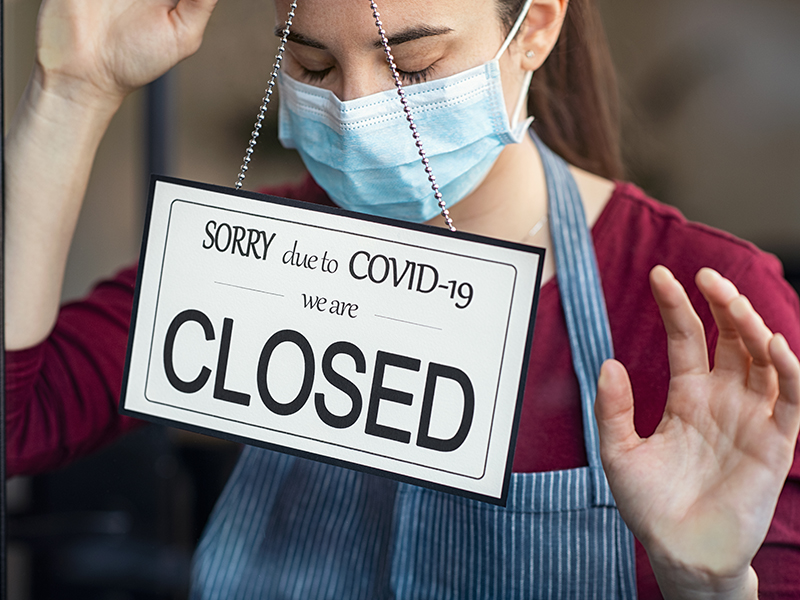
If you are one of the businesses fortunate enough to have opened back up, you’re probably in survival mode. Supplier relationships, service offerings, customer interactions, and operating procedures will all require nimble decision-making in the coming months.
Staffing will be a challenging component of fueling growth as the employee pool likely won’t resemble its former self for years to come. This will make keeping, recruiting, onboarding, and training a productive workforce even more important for management. Great businesses excel at attracting great personnel and incentivizing them to achieve their business goals. In the coming months, communicating your growth plans to current and future employees will be essential to success.
How you communicate, reinforce, and measure your business goals will directly impact your growth velocity. Begin to tackle these three imperatives by performing a rigorous assessment of your former business growth goals. Ask yourself if your goals are still valid. Some old goals won’t currently work in this new environment.
Many businesses now face strict legal constraints due to COVID-19. If you are navigating occupancy restrictions, then volume may no longer be a realistic goal. Your new path to growth may shift to focus on upselling and additional revenue from every customer transaction. Some goals can be built upon to still work.
Was customer retention a focus of your old growth plan? Perhaps you maintained a reliable group of repeat customers prior to COVID-19. If you want their loyalty to power your future growth, preserving their trust and earning repeat business will be a priority. When determining which growth goals to keep and which to switch out, as a matter of effectiveness, you may want to socialize them with your current workforce and seek their opinions and advice, but the decision is yours alone.
Once you have identified what is required for your business to grow, it must be communicated to your workforce through either small groups or individuals. It is vital to ensure full coverage to all employees since everyone must be aligned. In this situation, it is best to over-communicate and ensure the message reaches all employees. The smallest adjustments will demand individual behavior changes by everyone. Ensure a system is in place to acquaint new employees with your growth priorities.
Reinforcement is achieved through repeatable processes. A process should only be as prescriptive as is practical to ensure the goal. For example, one privately owned regional drug store chain in the Northwest maintains a "Take the Customer There" policy. If a customer asks an employee where to find an item, the employee is obligated to walk the customer to the item. This provides both an upsell and customer service opportunity that pays dividends.
When trying to improve upon your upselling numbers, consider how you want your employees to upsell. Try to make it consistently repeatable and reliable. If your business shifted from dine-in to take out, what approach should your employees use for upselling? Creating moments of connection and personal recommendations help to increase sales. Transitioning employees from simply saying “Is there anything else?” to “Great, I got your order. The green curry is one of my favorites, have you tried our carrot cake? We bake it fresh, from scratch, every day. Do you want to try it?” can really help your ticket numbers.
Reinforcement helps to provide your employees with the tools they need to boost your growth opportunities. Sometimes it is as simple as a script, while other times it will require specific training on a product or service. In all cases, it will be a dynamic element of improvement and fine-tuning to get results. The reinforcement component is not a monsoon, but rather a drizzle, constantly nourishing the behaviors that will drive growth.
Measurement is also essential for any modern business. Identify the metrics that will drive the desired behaviors and eventually the desired results. Metrics should drive a feedback loop that can identify opportunities for improvement. Implement a reporting mechanism that encourages interaction and discussion. Enabling employees to “boast” about their success and take personal pride in achieving business goals will get them more engaged and get you better results.
Growing a business requires a different mindset than sustaining one. The COIVD-19 pandemic has resulted in hundreds of businesses having to revert to survival mode and most are struggling. The ones the endure will embrace a growth mindset and consistently reevaluate, communicate, reinforce, and measure their business goals.